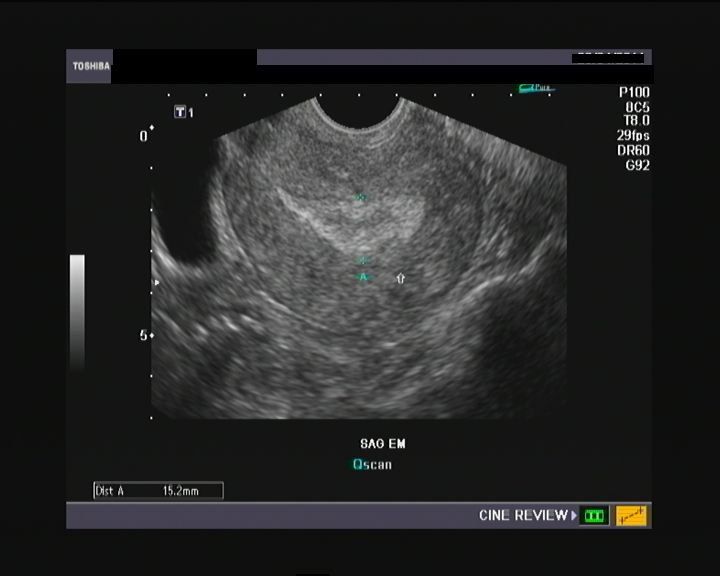
As important as having mature lungs at birth are to the baby, in the last 25 years ultrasound professionals have only proposed two methods of judging their maturity, neither of which have been effective. Neither echo texture of the lungs in comparison to the liver, or placental maturity have correlated as closely with lung maturity as was once hoped.







